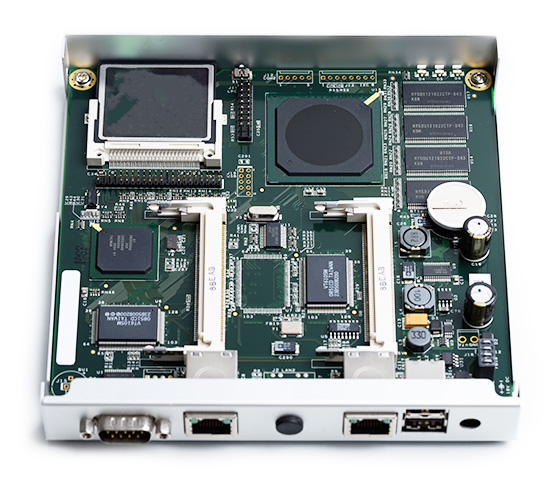EMC Question of the Week: April 3, 2023

Generally, on a well-designed 10 x10 cm circuit board with power and ground planes separated by 0.25 mm or less, all of the decoupling capacitors connected to the planes are
- local
- global
- unnecessary
- 0.01 μF
Answer
The best answer is “b.” Global decoupling capacitors respond equally to the current demands of all active devices on a particular power bus. Local decoupling capacitors are optimally located to meet the current needs of one particular component or power input.
When an active device suddenly demands more current at its power input, the interplane capacitance of boards with closely spaced power and ground planes is the best source of stored charge initially. Decoupling capacitors mounted on the surface of the circuit board typically have at least 1-2 nH of connection inductance. They cannot provide any charge until they see the voltage in the planes start to drop, and then it takes several nanoseconds until the current they supply exceeds the current being supplied by the interplane capacitance. As a result, all of the capacitors within about 10 cm or more of the source contribute roughly equal amounts of charge, provided they have sufficient capacitance and the same connection inductance.
On circuit boards with widely spaced power and ground planes (or no power plane at all), local decoupling capacitors are typically the primary source of high-frequency current for fast-switching active devices. Unlike global decoupling capacitors, the location and method of connecting local decoupling capacitors is critical.
Even if "global" wasn't the first answer to come to mind, the other choices can be easily eliminated. For example, virtually all boards have some kind of global (or bulk) decoupling capacitance, so it would not be correct to say all of the decoupling capacitors are local. It's also incorrect to say all the decoupling capacitors on a well-designed board are unnecessary, or that they all have the same value.
Note: 0.01 μF used to be a common nominal value for high-frequency SMD decoupling capacitors. A well-connected 0.01-μF capacitor is self-resonant at around 30 MHz and therefore has sufficient capacitance to work at the frequencies of a typical radiated emissions test. As ceramic capacitor technology has advanced, it's become more common to use high-frequency ceramic decoupling capacitors with values of 0.1 μF or higher. These capacitors work better at lower frequencies and (provided they have the same connection inductance) work equally well above 30 MHz.
Have a comment or question regarding this solution? We'd like to hear from you. Email us at
